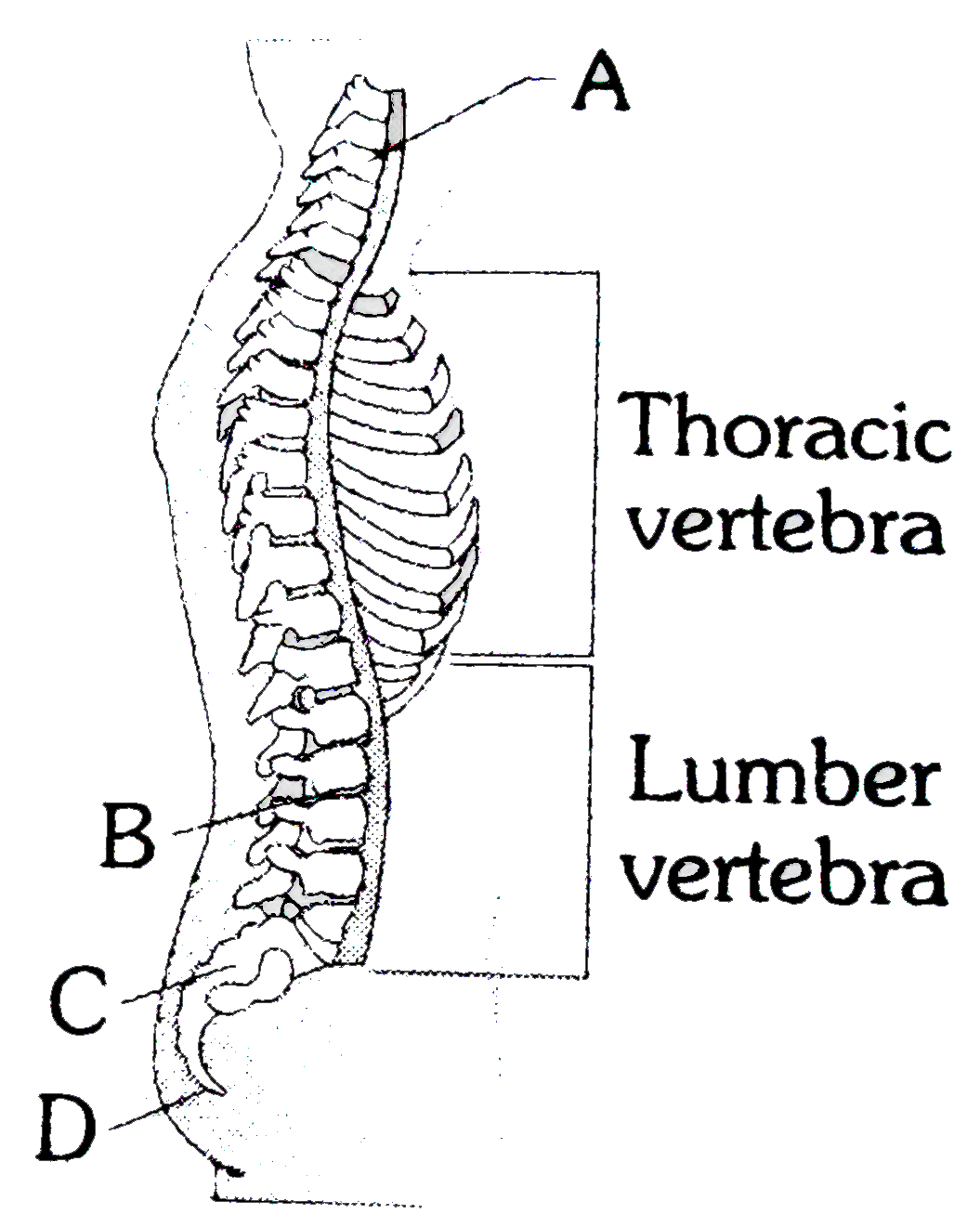The vertebral column of a young man gets dislocated from the skull. Which parts are likely to be involved directly
A
One occipital condyle and atlas vertebra
B
Hyoxd bone and axis vertebra
C
Two occipital condyles and anus vertebra
D
Two occipital condyles and atlas vertebra.
Video Solution
Text Solution
The correct Answer is:D
|
Answer
Step by step video, text & image solution for The vertebral column of a young man gets dislocated from the skull. Which parts are likely to be involved directly by Biology experts to help you in doubts & scoring excellent marks in Class 11 exams.
Updated on:21/07/2023
Related Playlists
- BOOK - A2ZCHAPTER - LOCOMOTION AND MOVEMENTEXERCISE - SECTION C : Previous Years' Examination Questions (AIIMS Questions)11videos
LOCOMOTION AND MOVEMENT
- BOOK - A2ZCHAPTER - LOCOMOTION AND MOVEMENTEXERCISE - SECTION C : Previous Years' Examination Questions (Assertion and Reason Type Questions)3videos
LOCOMOTION AND MOVEMENT
- BOOK - A2ZCHAPTER - LOCOMOTION AND MOVEMENTEXERCISE - Section B: Assertion-reasoning Questions14videos
LOCOMOTION AND MOVEMENT
- BOOK - A2ZCHAPTER - EXCRETORY PRODUCTS AND THEIR ELIMINATIONEXERCISE - Section C: Previous Years' Examination Questions (NEET/AIPMT Questions)88videos
EXCRETORY PRODUCTS AND THEIR ELIMINATION
- BOOK - A2ZCHAPTER - MOCK TEST 1EXERCISE - Exercise90videos
MOCK TEST 1
Knowledge Check
- Question 1 - Select One
Vertebral column is derived from
ADorsal nerve cordBVentral nerve cordCOutgrowth of craniumDNotochord - Question 1 - Select One
We get energy directly from?
AOceanBThe SunCSpaceDAtmosphere - Question 1 - Select One
the fused regions in the vertebral column of man are.
ACervical , LumbarBLumbar , SacralCCervical , SacralDSacral , Coccygeal. - Question 1 - Select One
The given figure indicates vertebral column of human (right lateral view). Parts labelled as A,B,C and D respectively represent .
 ACervical vertebra, Intervertebral disc, Sacrum and Lumber vertebraBCervical vertebra, Intervertebral disc, Lumbar vertebra and CoccysCCervical vertebra, Intervertebral disc, Sacrum and CoccysDLumber vertebra, Intervertebral disc, Sacrum and Coccys
ACervical vertebra, Intervertebral disc, Sacrum and Lumber vertebraBCervical vertebra, Intervertebral disc, Lumbar vertebra and CoccysCCervical vertebra, Intervertebral disc, Sacrum and CoccysDLumber vertebra, Intervertebral disc, Sacrum and Coccys - Question 1 - Select One
Which part of the alimentary tract is not involved in digestion?
AStomachBMouthCEsophagusDSmall intestine - Question 1 - Select One
Lumber region of the vertebral column in man is made up of:
A1 Fused vertebraB7 VertebraeC12 VertebraeD5 Vertebrae - Question 1 - Select One
Which is not directly involved in protein synthesis ?
AInitiationBtermination of anticodonsCElongationDTranscription

